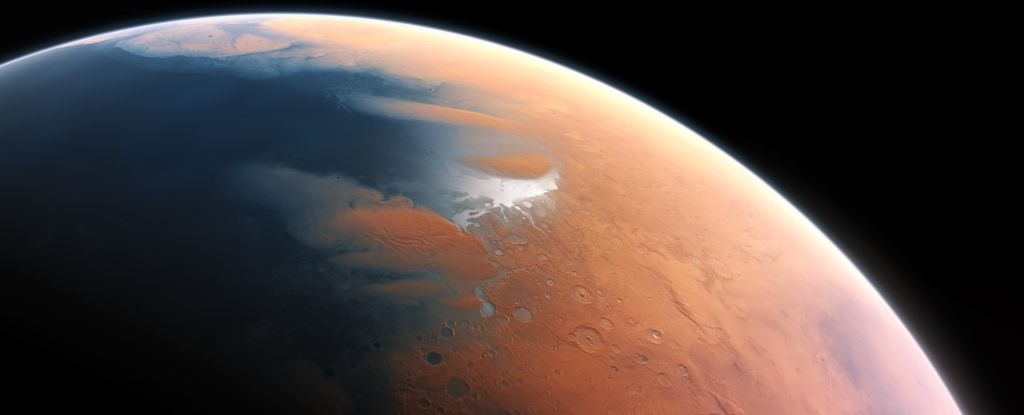The annular solar eclipse on October 2, 2024, will be a remarkable celestial event. When the moon passes between the Earth and the sun, it will create a ring of fire visible from parts of the Southern Hemisphere. But how fast will this event unfold across the planet?
Why the Eclipse Speed Varies
The speed at which the moon’s shadow moves during the eclipse will differ based on your geographical location. The shadow is not uniform and will shift as it crosses different parts of the Earth. The curvature of the Earth, combined with the changing distance between the moon and the ground below, affects how quickly the shadow travels across the surface.
Where the Shadow Will Move the Fastest
In some areas, particularly when the eclipse is just beginning or ending, the shadow of the moon will race at incredible speeds. At these extreme points, the moon’s shadow will exceed 10 million km/h. This rapid movement occurs when the shadow hits the Earth at a sharp angle, causing the eclipse to flash across the sky in just moments.
Where the Shadow Will Move the Slowest
At certain points, particularly over the Pacific Ocean, the eclipse will slow down dramatically. In this region, the shadow of the moon will crawl at speeds of approximately 2,057 km/h. This is where the eclipse will last the longest, with the ring of fire remaining visible for several minutes, allowing observers to enjoy a prolonged view of this unique event.
What Causes the Speed Fluctuations?
The differing speeds are due to several factors. The eclipse begins when the shadow of the moon first makes contact with the Earth, which occurs at a steep angle, causing the shadow to move quickly. As the eclipse progresses, the shadow begins to strike the Earth more directly, slowing it down. The final factor is the distance between the moon and the Earth, which constantly shifts and further influences the speed.





